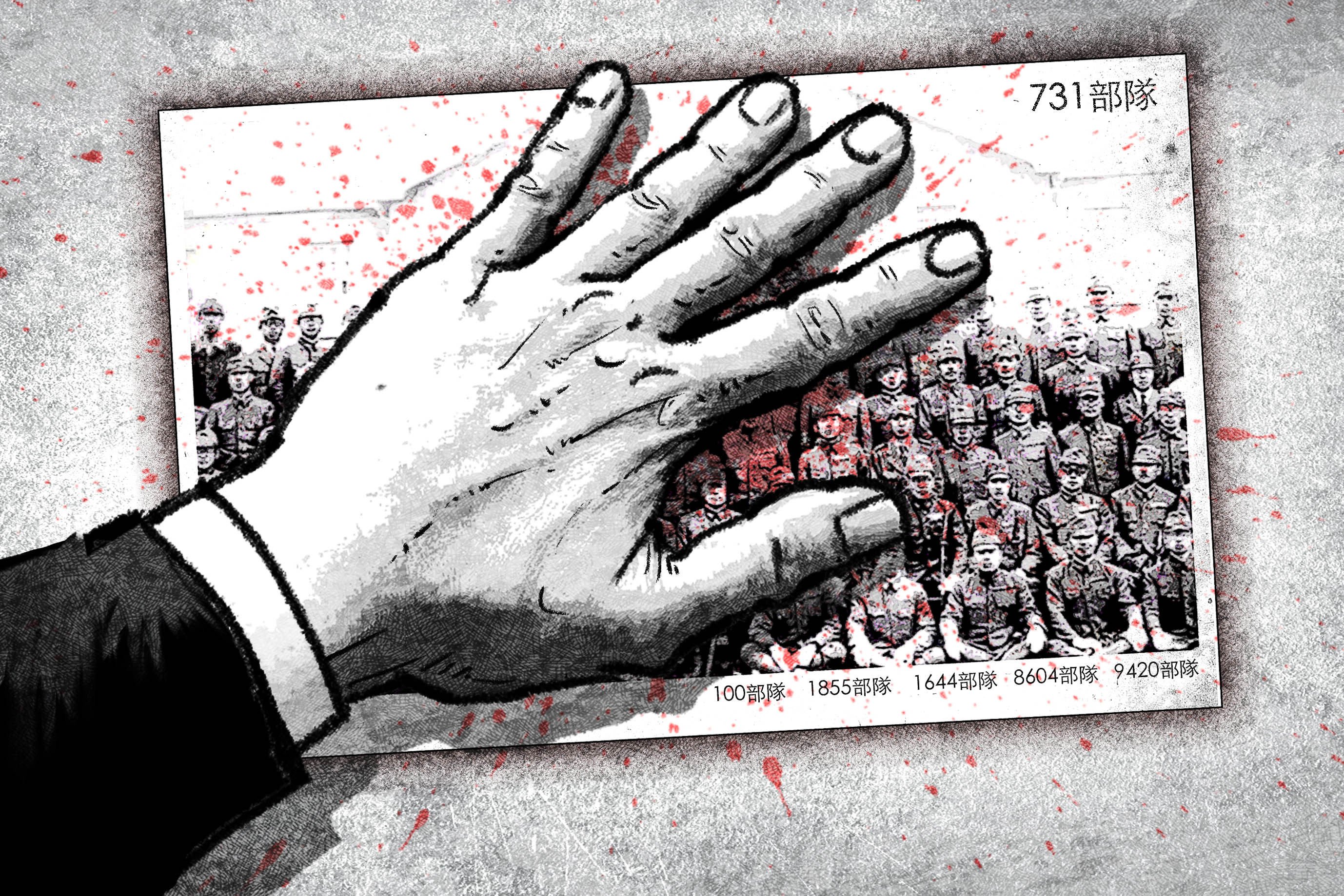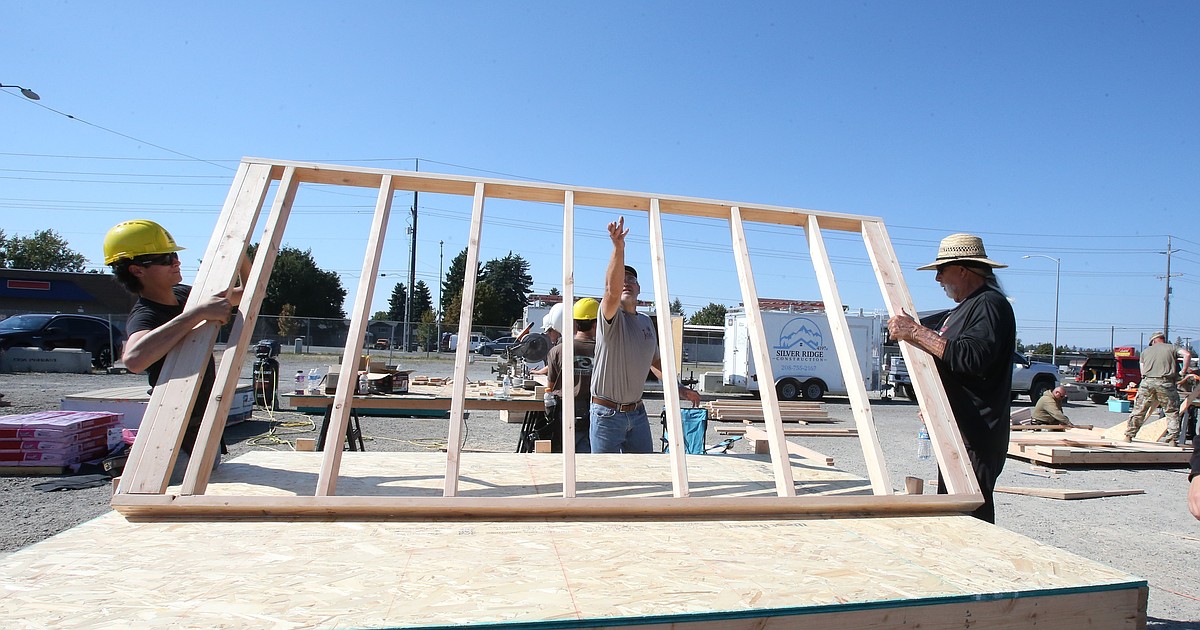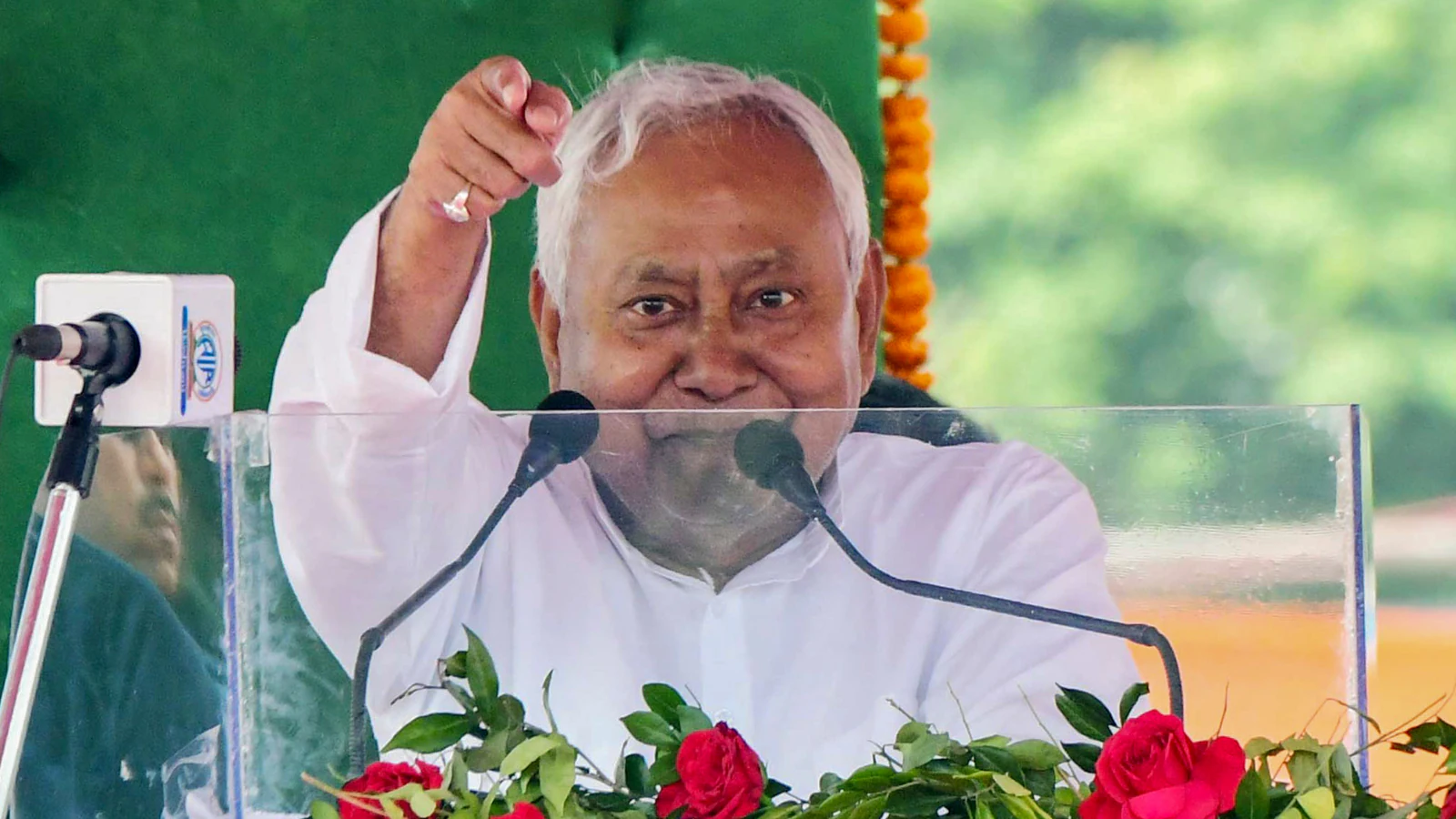By Ling Xin
Copyright scmp

Sapphire Dingler was shaken as the dark past emerged before her.
Dingler, a US master’s student in public history at Southern New Hampshire University, was sifting through newly digitised American archives when she stumbled upon testimony about a Japanese doctor’s grisly wartime experiments on Western prisoners in Tokyo.
The doctor was Hisakichi Tokuda, a young and ambitious physician inspired by Unit 731, an imperial Japanese Army base in northern China infamous for biological warfare and torturing captives in the name of “medical research”.
One of Tokuda’s “nutrition” experiments involved repeated intravenous injections of soy milk into prisoners of war. The resulting seizures and deaths were documented in witness testimony in the archives.
Eight decades after the end of World War II, Dingler was reading for the first time about these horrors – the evidence had long been hiding in plain sight in US military records, but few had taken the time to look at the wartime toll in the Asian theatre.
The California-based non-profit Pacific Atrocities Education, where Dingler was an intern this summer and read about Tokuda, is on a mission to change that.
The group aims to shine a light in the United States on the millions of lives lost on the Pacific front, so that perhaps one day the history can become as well known to Americans as the wartime devastation of Europe.
Dingler was deeply disturbed as she read through the cases. The testimony confirmed that Western prisoners – long thought to have been largely spared such fates – were also subjected to Japan’s brutal wartime experimentation.
On June 30, 1945, for example, just months before Japan’s surrender, Italian navy officer Ernesto Saxida was injected for a third time in a week with a dose of soy milk.
The dose was freshly prepared by fellow captive and British medical assistant John Williamson, and injected directly into his neck.
Williamson would survive the war and go on to testify to the US military.
“After Tokuda pulled the needle, there was a large bump on Saxida’s neck. Williamson was told to massage it,” Dingler said.
Saxida fell unconscious and died the next day.
Dingler spoke about her findings on the sidelines of a conference organised by Pacific Atrocities Education in San Francisco this month.
Among the more than 100 researchers, advocates, and general attendees at the conference was Dingler’s father, James, a former US Navy sailor.
James Dingler said he had long been interested in war history but believed the average American probably knew “very little” about Japanese wartime atrocities in Asia.
In the United States, the Nazi crimes of World War II are not only part of the school curriculum, they are a staple of cinematic and television productions.
It is a sharp contrast across the Pacific in China, where the terrors visited on the population during the Japanese invasion and occupation – from Unit 731 to sex slavery to mass murder – remain sources of public and diplomatic tension between the two countries.
Jenny Chan founded Pacific Atrocities Education 10 years ago to remedy the lack of awareness in the US.
Chan, the non-profit group’s director, said she noticed a gap between what she learned in school and what her grandmother had told her about life under Japanese occupation in Hong Kong during the war.
“I thought she was just making it up, because I never learned about this,” Chan said. It emerged that her grandmother, who endured starvation and sexual slavery during the occupation, was not exaggerating. “In fact, she was part of a larger brutality in Asia – 35 million people were killed, but we never hear about it from a mainstream perspective.”
Chan said the US government established the Office of Censorship soon after entering World War II, and that president Franklin Roosevelt decided Japanese atrocities in the Pacific should not be publicised.
“That’s why they were not in the narrative to start with,” she said.
So many people who worked at Unit 731 were let off free. There were no trials or consequences
Nicole Gabauer, student
Other conference attendees are also seeking to bring the material to greater light.
Among presenters at the meeting was a group of high school students from Albuquerque School of Excellence in New Mexico who reported uncovering troubling injustice from the war.
They compiled their research into a 10-minute documentary on Unit 731’s hidden crimes, taking it to this year’s National History Day finals in Maryland and then to the conference in San Francisco.
Making the film fundamentally changed how they viewed justice.
“So many people who worked at Unit 731 were let off free. There were no trials or consequences,” student Nicole Gabauer said.
Her teammate Tam Pham said the group failed to find any evidence of reformation or amends by the perpetrators.
She said Nazi doctors faced the Nuremberg Trials, and the Nuremberg Code followed. But after the Tokyo and Soviet Khabarovsk trials of Japanese, there was barely any sign of lasting justice. The victims remained forgotten, and the Japanese government remained unapologetic, Pham said.
Among those impressed by the documentary and presentation by the New Mexico students was Natalie Federico, a former high school teacher in the San Francisco Bay Area.
Such events were important, she said, because the US government’s decisions continued to shape perceptions today.
Federico noted that Japanese-Americans were often seen as more educated and “more like us”, while Chinese-Americans still faced discrimination.
Nancy Lee, who moved from China to the US for her college education in 1959, worked as a molecular biologist and is now a major donor to Pacific Atrocities Education, said she supported the non-profit organisation in its bid to raise awareness.
“We are not expecting an apology from the Japanese government at this point – they never did in the past 80 years. What we want is to spread the information,” she said. “People here today don’t have to believe everything they hear. But now they have to go home and think about it.”
After the war, the US granted immunity to Japanese military scientists, especially those in Unit 731, in exchange for biological warfare data. The deal contributed to a broader cover-up that kept the atrocities out of public view.
Unlike members of Unit 731, Tokuda was prosecuted after the war at the lesser-known Yokohama War Crimes Trials, Dingler said. Though Tokuda tried to plead insanity, doctors declared that he was fit to stand trial. He was originally sentenced to death, although that sentence was later commuted and he was released around 1958.
For Dinger, the research has left a lasting impression on the mother-of-one, and her goal now is to bring overlooked histories into the US education system, from high schools to college classrooms.
She has since developed a tentative, 60-minute world history lesson plan for high schoolers focusing on Operation Ichi-Go, the largest military campaign Japan launched in China during World War II.
“My biggest hope is to one day see such lessons taught in real classrooms.”



